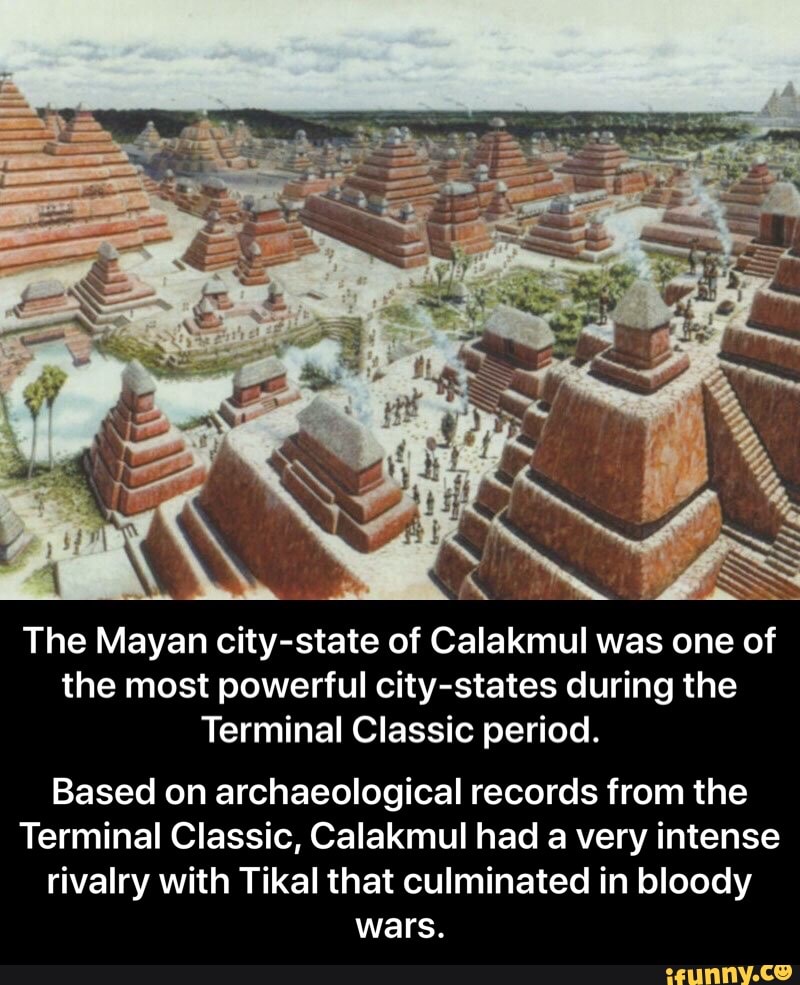Reference




Reference




OpenAI's Answer
Tikal
The Terminal Classic period at Tikal, occurring roughly between 800 and 900 CE, was marked by significant changes and challenges. This era is characterized by political turmoil and societal stress likely driven by leadership challenges and environmental pressures. During this period, Tikal experienced a decline in monumental construction and a decrease in its population. The region faced problems such as disrupted trade routes and possibly climate change, which contributed to the gradual abandonment of the city.
- Source: Fiveable
Uaxactun
Uaxactun, located near Tikal, also experienced a decline during the Terminal Classic period. By the 9th century, Uaxactun was significantly affected by the broader collapse of southern lowland Maya civilization. The site was eventually abandoned in the 10th century. Uaxactun held importance due to its strategic location along trade routes and its potential role as an astrological center, similar to Tikal.
- Source: Encyclopedia.com | Britannica

These cities' decline during the Terminal Classic reveals much about the complex socio-political and environmental forces that led to the wider collapse of the Maya civilization in the region.
Follow Up
Related
What function did Group 37 serve during the Late Classic period?
What transformations occurred during the Terminal Classic in the Maya lowlands?
What are the main differences between the Attic standard and Aeginetan standard?
Which film studios were involved in creating British horror cinema classics?